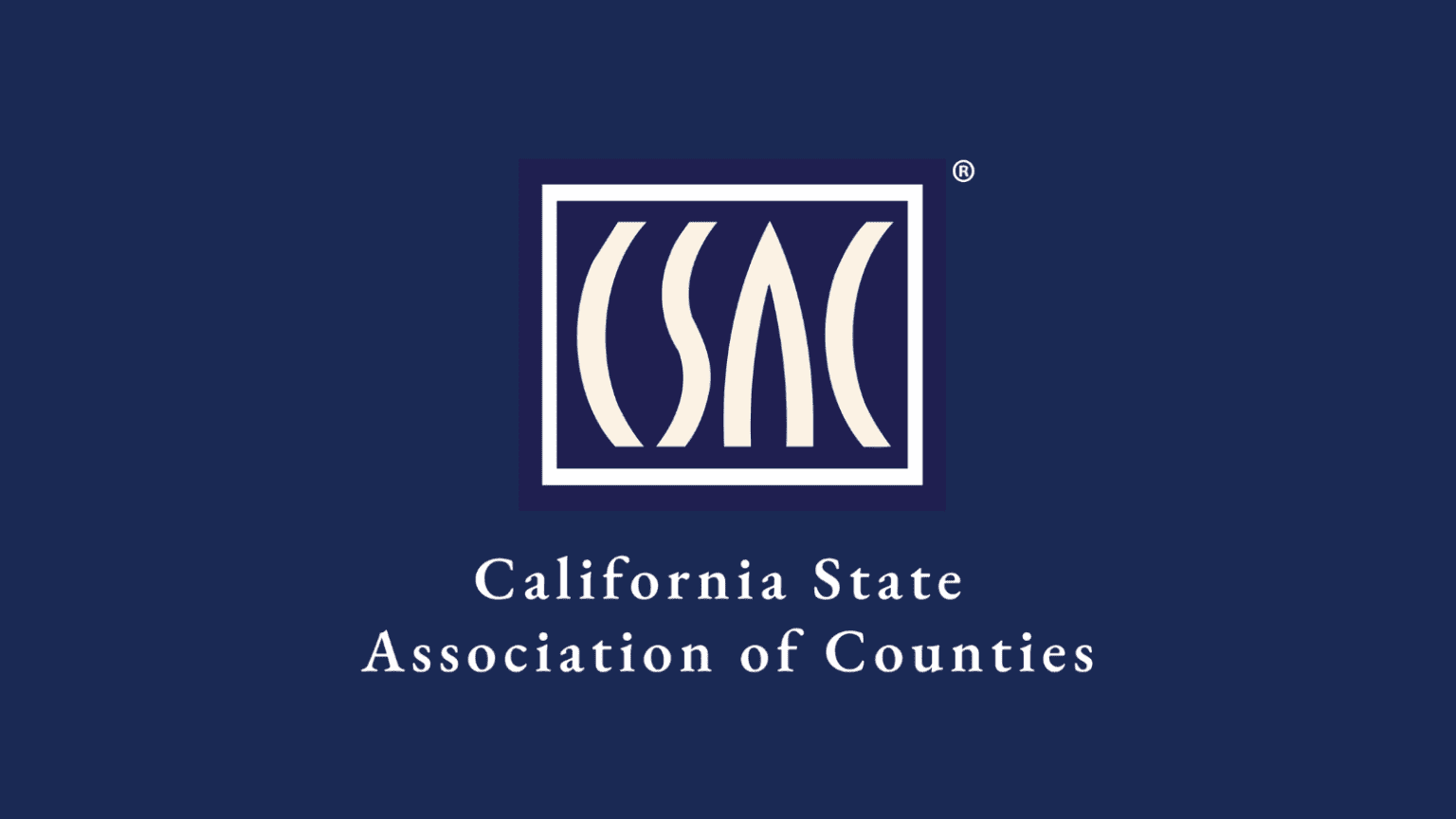Counties Sound the Alarm on Local Impacts of H.R.1
Back to News
Sacramento, CA – Hunger climbs. Care declines. The people most in need pay the price.
That’s what California families and communities could face as counties are required to implement H.R. 1’s changes to two critical safety net programs: Medi-Cal and CalFresh.
In a newly submitted letter to the governor and state legislative leaders, the California State Association of Counties leads a coalition calling for collaboration to mitigate the impacts on counties to maintain safety net services for the state’s most vulnerable residents.
“Cuts to Medi-Cal and CalFresh will block many California families from food and medical care,” says Contra Costa County Supervisor John Gioia. “Fewer eligible residents will be covered, ERs will be overwhelmed, and counties will be forced to slash public safety and other vital services to backfill costs. For our communities, this will feel even worse than the Great Recession.”
H.R.1 expands work requirements for CalFresh, creates new work requirements for Medi-Cal, and increases the frequency and complexity of eligibility verifications. It also reduces federal contributions for program administration and emergency services.
Counties estimate the increased workload alone could cost them hundreds of millions of dollars annually and require additional staff resources, training and technology upgrades.
“Without additional resources, counties will be forced to drastically cut and eliminate programs and services,” CSAC’s letter warns — “not just within health and human services, but across the full spectrum of county government including public safety, parks, and homelessness.”
Already stretched to their limits, counties say new federal cuts will mean fewer eligible residents covered and more families pushed out of programs they qualify for. Specifically, county residents would experience:
- Reduced clinic hours and longer wait times for appointments.
- Delayed behavioral health care and loss of health care coverage.
- Greater reliance on emergency rooms for primary care, crowding hospitals, delaying diagnoses, and worsening health outcomes.
- Higher long-term costs for all Californians as uncompensated care rises and counties are forced to cut public safety, homelessness programs, and other critical services.
“The social safety net has been hanging on by a thread for a long time, especially in rural communities,” says Inyo County Supervisor and CSAC President Jeff Griffiths, whose rural county includes a single maternity ward on the brink of closure. “These cuts could make the entire healthcare system collapse.”